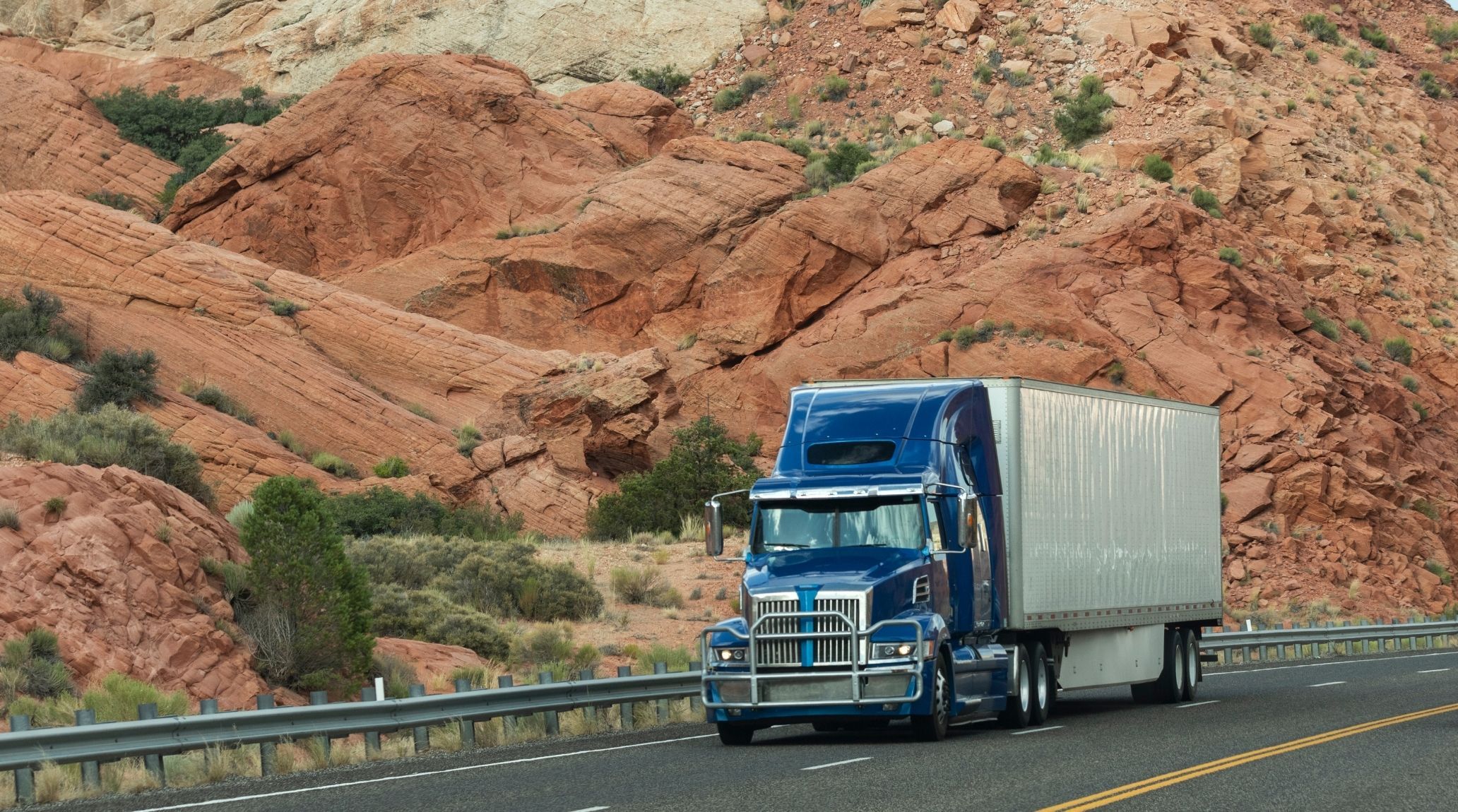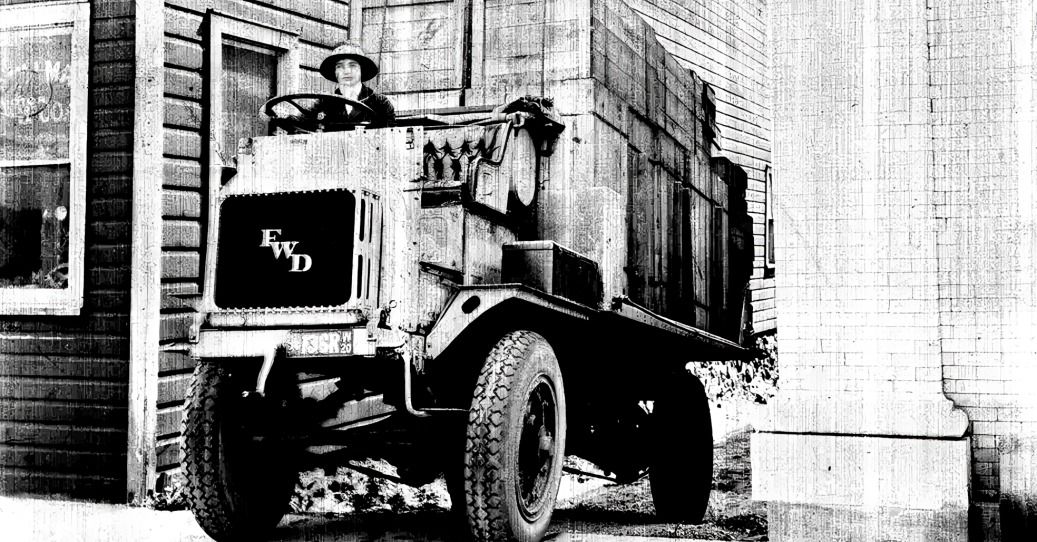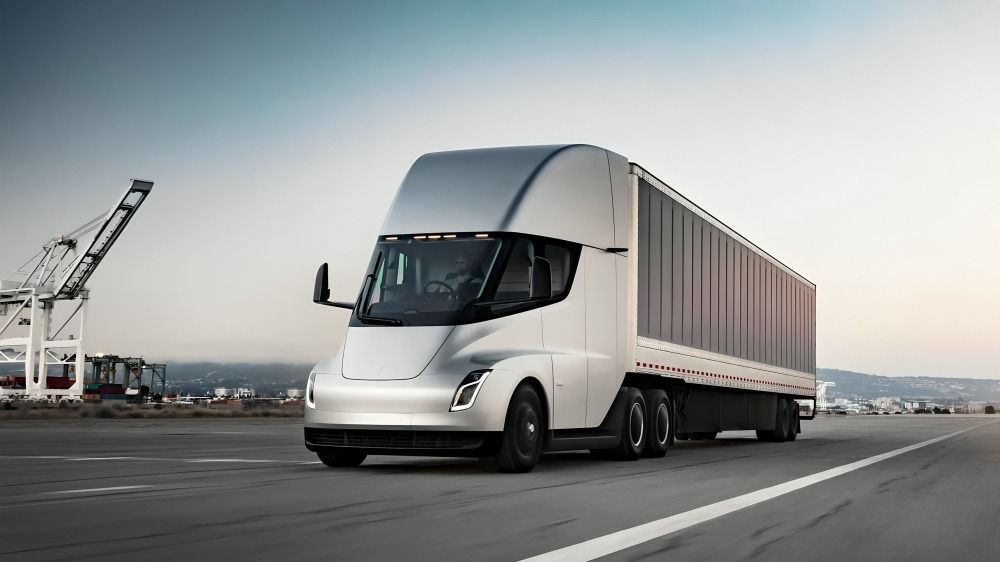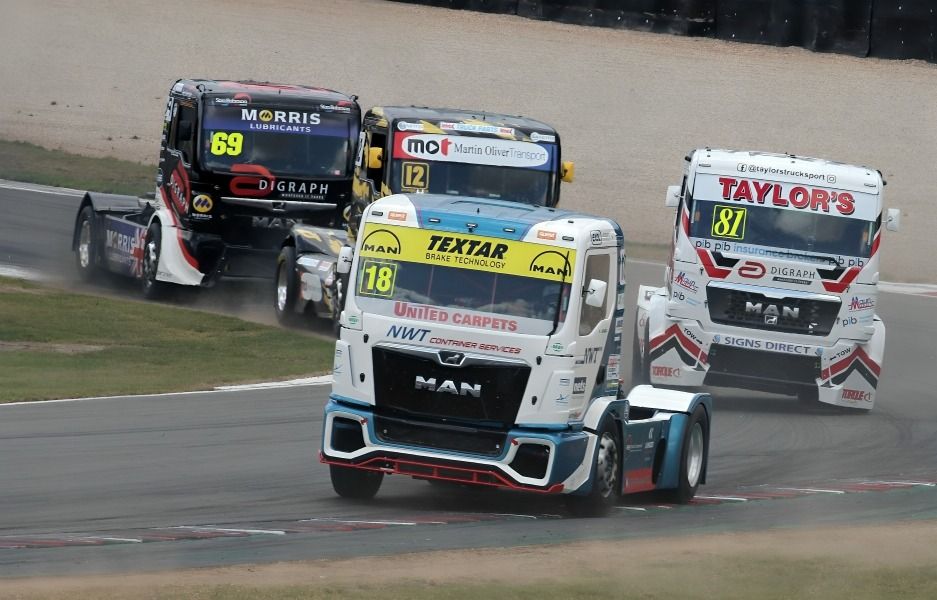
“
Trucks are the unsung heroes of our daily lives, playing a crucial role in transporting goods and driving the economy forward. Their journey from humble beginnings to today’s high-tech innovations is a story filled with remarkable achievements and interesting details. These fascinating truck facts reveal how these powerful machines have evolved over time, showcasing their impact on various aspects of our world. From the pioneering designs of the earliest trucks to the latest advancements in technology and sustainability, trucks have continually adapted to meet changing needs and challenges. As you delve into these captivating facts, you’ll gain a deeper appreciation for the incredible engineering and dedication that fuel the trucking industry. 1
1
”
In 1896, German engineer Gottlieb Daimler invented the first pickup truck, known as "vehicle 42." With a 1.1-liter engine, this early model laid the groundwork for future pickups, although trucks only gained popularity in the 1920s.1
Trucks transport over 70% of all cargo in the U.S., including 94% of hazardous materials. Each commercial truck consumes more than 20,000 gallons of fuel annually, underscoring the critical role trucks play in the nation’s logistics and energy consumption.2

On November 20, 2020, the Tahya Misr Fund organized a parade of 480 trucks in Cairo, Egypt, setting a new record for the largest truck parade. This surpassed the previous record of 416 trucks in the Netherlands, stretching 7.5 km.
The Ford F-Series, particularly the F-150, is America’s most popular truck, making up 250 out of every 10,000 vehicles. It has consistently held the top spot for 43 years, reflecting its enduring appeal and market dominance.3
Launched in France in 2005, the Tractomas TR 10 x 10 D100 is the world’s largest semi-truck. Weighing 71 tons and measuring over 12 meters in length, it represents the pinnacle of heavy-duty trucking engineering.4
Truck driving is among the most challenging and health-risky professions. Drivers face increased health risks due to long hours, extended periods away from home, and the physically demanding nature of their job, highlighting the need for better support and safety measures. 5

In 1929, Lillie McGee Drennan became the first woman to obtain a commercial truck driving license. Known for carrying a gun for protection, her pioneering role marked a significant milestone in breaking gender barriers in trucking.
In 1929, Lillie McGee Drennan became the first woman to obtain a commercial truck driving license. Known for carrying a gun for protection, her pioneering role marked a significant milestone in breaking gender barriers in trucking.6
At 55 mph, a large truck needs approximately 196 feet to come to a complete stop, significantly longer than the 133 feet required by a passenger car traveling at the same speed, highlighting the importance of safe driving distances.7
Modern semis are equipped with anti-lock brake systems (ABS) to prevent jackknifing. Despite these advancements, trucks remain vulnerable to rollovers, especially in adverse road conditions, emphasizing the need for cautious driving and road safety measures.8

Tesla is developing electric semi-trucks with a 600-mile range and advanced autopilot features. These innovative trucks aim to transform the industry by enhancing sustainability and efficiency, marking a significant shift towards greener transportation solutions.
Class 8 trucks typically cover over 65,000 miles annually. Despite their durability and ability to handle long distances, regular maintenance is essential to ensure these massive engines operate efficiently and safely throughout their service life.9
Only 6% of truck drivers are women, reflecting a significant gender disparity in the industry. Despite efforts to promote diversity, this low percentage highlights ongoing challenges and opportunities for increasing female representation and support in trucking professions.10
Ford, Chevrolet, Ram, and GMC are leading truck brands, offering a wide range of models suited for various applications, from heavy-duty tasks to everyday driving needs. These brands cater to diverse consumer demands with their versatile truck offerings.11
Heavy-duty trucks place substantial stress on road infrastructure. Engineers design roads and bridges with reinforced materials and structural considerations to withstand the weight and wear imposed by frequent truck traffic, ensuring safety and longevity of transportation networks.12
Modern trucks feature aerodynamic designs, lightweight materials, and advanced technologies that enhance fuel efficiency and reduce carbon emissions. These innovations help in minimizing the environmental impact and improving the overall performance of trucks on the road.13

Truck racing is a thrilling motorsport where drivers push their trucks to the limit on specially designed tracks. The high-speed competition offers exciting entertainment, showcasing the power and agility of these heavy-duty machines in a controlled, competitive environment.
Trucks play a vital role in military operations, transporting troops, supplies, and equipment to various locations. Specialized military trucks are engineered to handle challenging terrain and combat situations, ensuring reliable performance in demanding and critical scenarios.14
Truck manufacturers are continually advancing fuel efficiency through new engine technologies, improved aerodynamics, and alternative fuels. These efforts aim to reduce emissions, lower operational costs, and support environmental sustainability within the trucking industry. 15
Trucks are essential to global trade, moving goods from ports to their final destinations. They facilitate smooth and efficient international trade by ensuring that products reach markets and consumers, supporting the global supply chain and economy.16


